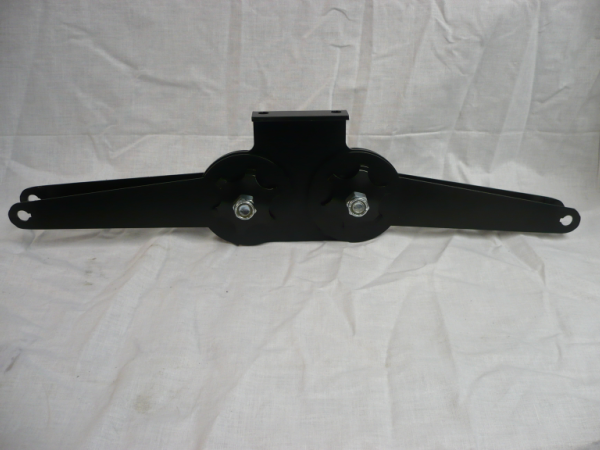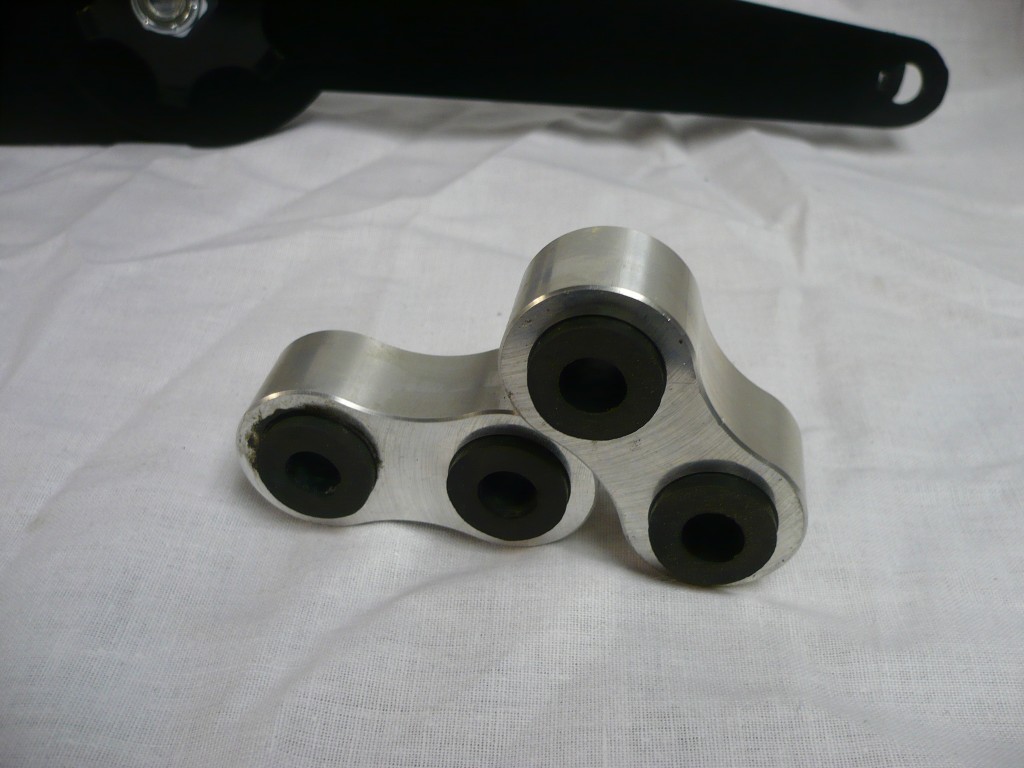Your Austin Seven looks wonderful in the car park, drawing compliments and admiring glances from on-lookers. You climb in after proudly showing off the gleaming paintwork, turn the key, pull the starter and splutter into life. With a cheery wave, you let out the clutch and wheeze to the end of the road, lurch around the corner and nearly fail to stop at the lights. Behind you, as a lingering reminder of your presence, is a cloud of smoke and a puddle of oil: yet another, typical old British car. Well, it does not have to be that way. Oxfordshire Sevens’s ideas for improving your Seven and our easily-fitted parts can transform your car, making it a delight to drive.
Leaking Tappet or Valve Chest Covers
Please Note: We DO NOT stock these, but various patterns are available from many Austin Seven parts suppliers
The original valve chest cover for the Austin Seven is a simple steel pressing, secured by two bolts in the middle and sealed with a cork washer. Over the years, the cover warps and bows, particularly when over-tightened or attempting to stop the leak by tightening even more. Another common cause of leaks is the misalignment, hardening and deterioration of the cork seal. Slopping silicon gasket sealant all over helps, but looks a mess.
A simple cure is to fit a new aluminium cover, machined from billet and thick enough to withstand a considerable amount of warping and over-tightening. The top of the cover is grooved, adding to the strength and aiding cooling. High-grade rubber O-rings sit in machined recesses and prevent the engine leaking. To fit, simply remove the old cover, clean the mating surface of the engine thoroughly, smear oil on the O-rings and bolt it on. Take care not to over-tighten the fixings.
Improving the Handling of Your Austin Seven
The Austin 7 is not renowned for good handling. The simple transverse leaf spring works well, but the friction arm damper simply looks the part, paying no more than lip service to effectiveness. The cause of the problem is inherent in the design of the unit itself. With both sets of arms on the standard unit sharing a common pivot point, when the arms on one side move upwards, the arms on the other side try to move in the opposite direction, making body roll even worse. Oxfordshire Sevens’s double front shock absorber overcomes this.
Our double shock absorber uses two pivot points instead of one, allowing each side to operate independently, transforming the handling. It is a straight swap for the standard unit and, once fitted, is hardly noticeable. Made from high quality steel, fitted with a modern friction material and powder coated black, this is possibly one of the most cost-effective methods of improving the handling of your Austin Seven.

Short Front Link
As with any car, wear in the suspension components can make the handling feel worse than it needs to. Another common factor affecting the handling of the Austin Seven is wear in the short front links. These links, which connect the shock absorber to the axle, wear at the pivot points. Fitting one of our new links, machined from HE30 alloy billet, along with a set of our new rubber bushes, at the same time as the new shock absorber can further improve the effectiveness of the Austin Seven’s suspension and improve handling. Not only that, they look good as well.

Improving the Brakes of Your Austin Seven
The cable operated, single leading shoe brakes on the Austin Seven were barely adequate when they were new. With years of use, wear and neglect, in modern traffic, they are positively terrifying. No problem if you can plan when to stop, but emergency stops are a joke.
Ensuring that all wear is removed from the system, including the cam pivot bushes, and careful adjustment can restore the brakes to their most effective. Taking time over this will reap its own rewards.
A popular option is to fit hydraulic brakes, using semi-Girling components and parts from the early Morris Minor 1000. This is a major job, requiring a master cylinder, new brake pedal, hydraulic piping and flexible hoses. It is widely documented on the internet.
